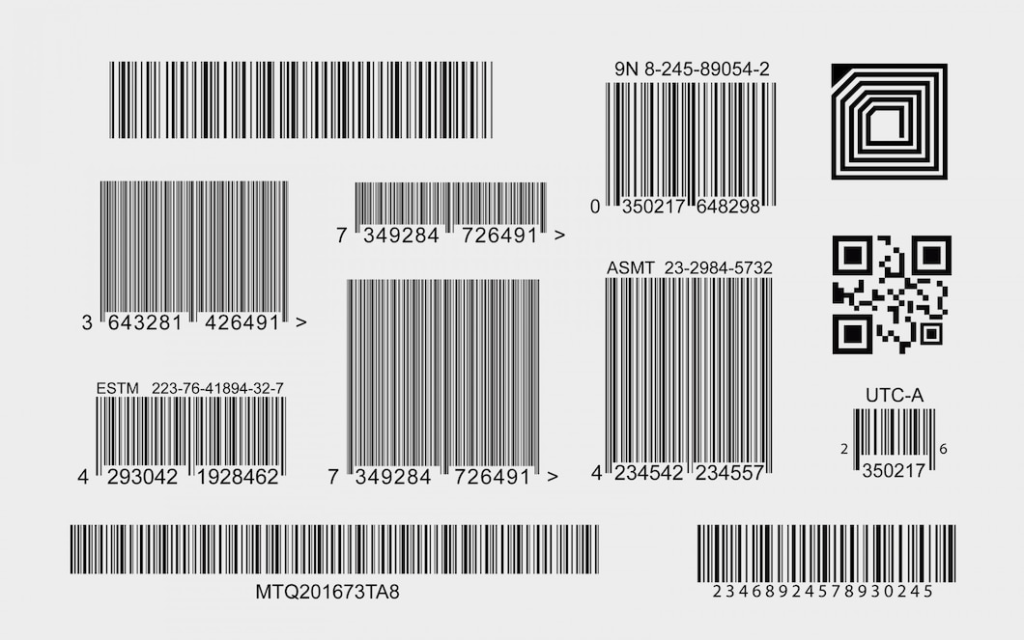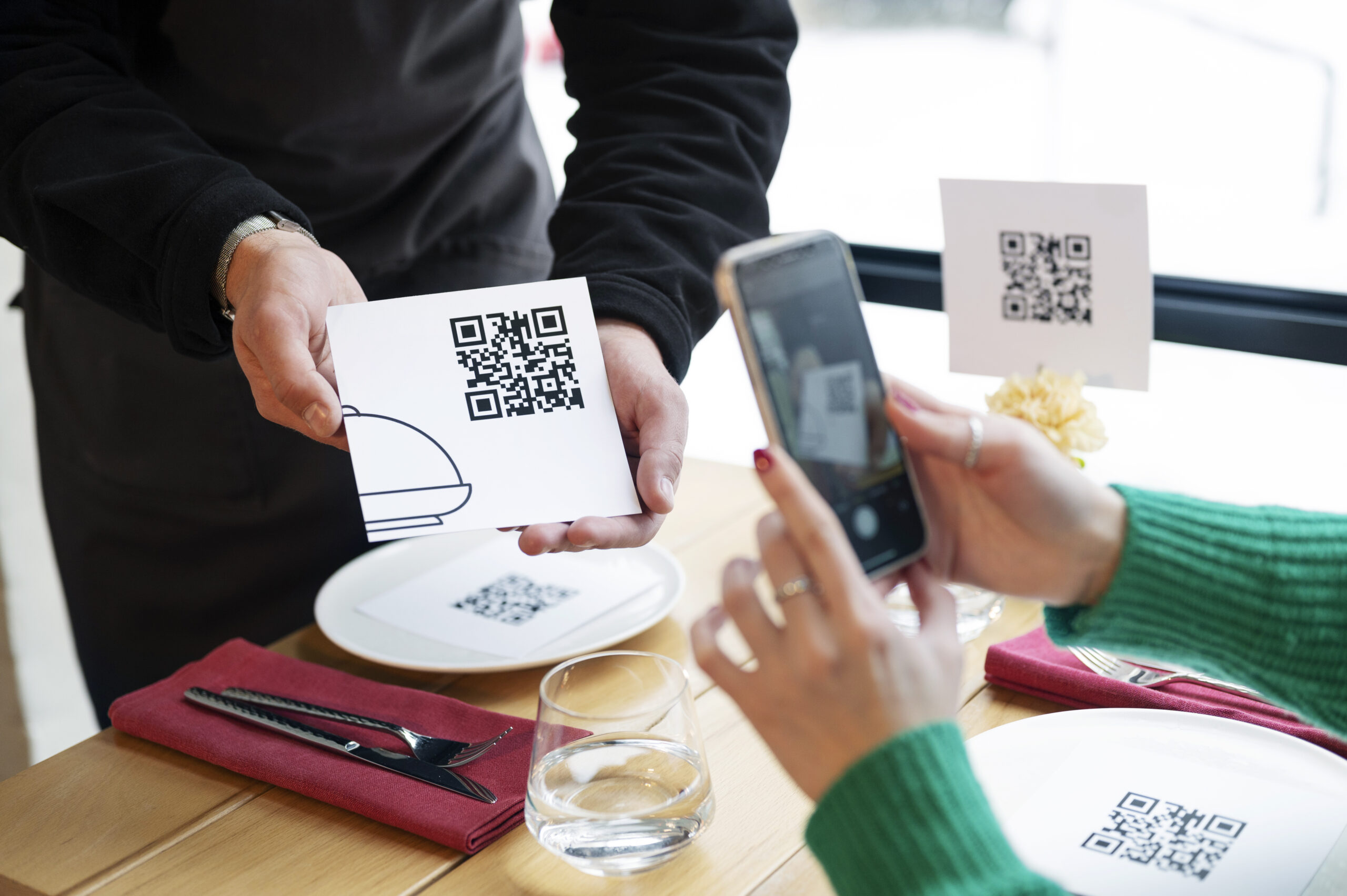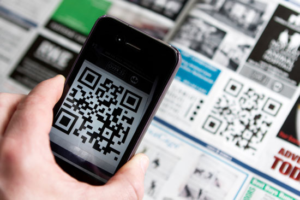QR codes, short for Quick Response codes, have gained significant popularity in recent years due to their ability to store and transmit information in a quick and efficient manner. These two-dimensional barcodes have become ubiquitous in various industries, offering a range of applications that go beyond their initial use in product packaging. In this article, we will explore the different types of QR codes and delve into their unique functionalities. From promotional campaigns to digital payments, QR codes have proven to be versatile tools that cater to diverse needs.
1. URL QR Codes
URL QR codes are perhaps the most common type of QR codes encountered in daily life. They allow users to quickly access a website or webpage by scanning the code with their smartphones. By encoding the URL into the QR code, businesses and individuals can easily direct users to specific web content, such as promotional offers, product pages, or event registration sites. URL QR codes have become essential in marketing and advertising, providing a seamless way to drive traffic to online platforms.
2. Text QR Codes

Text QR codes are designed to store plain text information within the code. They can be used for a variety of purposes, such as sharing contact details, including names, phone numbers, and email addresses. Text QR codes are also useful for sharing snippets of information, such as product descriptions, quotes, or instructions. By scanning a text QR code, users can quickly access and save the encoded information on their devices, eliminating the need for manual data entry.
3. vCard QR Codes
vCard QR codes serve as a digital business card that can be easily shared and stored. These codes contain contact information, including names, addresses, phone numbers, email addresses, and even profile pictures. When scanned, vCard QR codes enable users to save the contact details directly to their address books or contact management applications. This type of QR code is particularly valuable in networking events or professional settings, where exchanging contact information efficiently is essential.
4. SMS QR Codes
SMS QR codes provide a convenient way to send pre-composed text messages to a specific recipient. By scanning the code, users can automatically populate their messaging apps with the encoded text and send it with a simple tap. SMS QR codes are useful in marketing campaigns, where businesses can encourage customers to engage by sending a predefined message, entering a contest, or subscribing to a service.
5. Email QR Codes
Email QR codes simplify the process of composing and sending emails. These codes encode pre-written email messages, including the recipient’s email address, subject line, and body text. When scanned, the code automatically opens the user’s email application with the encoded information ready to send. Email QR codes can be used for various purposes, such as collecting feedback, initiating customer support requests, or sending templated emails for convenience.
6. Wi-Fi QR Codes
Wi-Fi QR codes enable users to connect to a specific Wi-Fi network without manually entering the network credentials. By scanning the code, users can automatically configure their devices to join the designated network, saving time and eliminating potential typing errors. Wi-Fi QR codes are particularly useful in public spaces, cafes, hotels, or offices where guests can easily connect to the network by scanning the provided QR code.
7. Social Media QR Codes
Social media QR codes allow users to quickly connect with individuals or businesses on various social media platforms. By scanning the code, users can be redirected to a specific profile or page, where they can follow, like, or connect with the encoded entity. Social media QR codes are valuable for businesses and influencers to increase their online presence, attract followers, and engage with their target audience.
8. Payment QR Codes

Payment QR codes facilitate quick and secure transactions by encoding payment information. Users can scan the code and authorize the payment directly from their mobile devices, eliminating the need for cash or physical credit cards. Payment QR codes are commonly used in mobile payment systems, allowing customers to make purchases at physical stores, restaurants, or online platforms conveniently and securely.
9. Event QR Codes
Event QR codes are designed to streamline event management and enhance attendee experiences. They can be used for various purposes, such as event registration, ticketing, or accessing event-specific information. By scanning an event QR code, attendees can quickly check-in, access event schedules, receive updates, or participate in interactive activities. Event organizers benefit from the convenience and efficiency provided by event QR codes, simplifying logistics and enhancing attendee engagement.
10. App Store QR Codes
App Store QR codes provide a convenient way to direct users to mobile app downloads. By scanning the code, users are directed to the respective app store, where they can quickly download and install the desired mobile application. App Store QR codes are commonly used in app promotions, marketing campaigns, or when sharing apps with others. They eliminate the need for manual search and provide a direct path to the app download page.
Frequently Asked Questions (FAQs)
Can I generate QR codes for free?
Yes, there are several online platforms that offer free QR code generation services. These platforms allow users to create QR codes with various functionalities and customize them according to their needs.
Are QR codes compatible with all smartphones?
Most smartphones today have built-in QR code scanning capabilities. However, older or less common models may require a dedicated QR code scanning app to read the codes.
Can QR codes be scanned offline?
No, QR codes require an active internet connection to retrieve the encoded information. Scanning a QR code without internet access will not yield any results.
Are there any limitations to the amount of data that can be stored in a QR code?
QR codes have limitations in terms of data capacity. The more data you try to encode, the denser the QR code becomes, potentially affecting its scannability. It is important to strike a balance between data size and code readability.
Can QR codes be reused?
QR codes can be reused for different purposes as long as the encoded information is updated accordingly. For example, a QR code used for a marketing campaign can be repurposed for a different campaign by modifying the encoded URL or content.
Are QR codes secure?
QR codes themselves do not pose inherent security risks. However, it is essential to exercise caution when scanning QR codes from unknown or untrusted sources. Malicious QR codes can redirect users to fraudulent websites or initiate unauthorized actions on their devices.
Conclusion
QR codes have evolved beyond their initial purpose of storing product information. They have become versatile tools with applications ranging from marketing to event management, payment systems to networking. The types of QR codes discussed in this article highlight the diverse functionalities they offer, simplifying processes, enhancing user experiences, and providing seamless interactions. As technology continues to advance, QR codes are likely to find even more innovative applications, contributing to the digital transformation of various industries.
So, the next time you come across a QR code, remember its potential and explore the possibilities it holds. Scan, connect, and embrace the convenience and efficiency that QR codes bring to your digital journey












